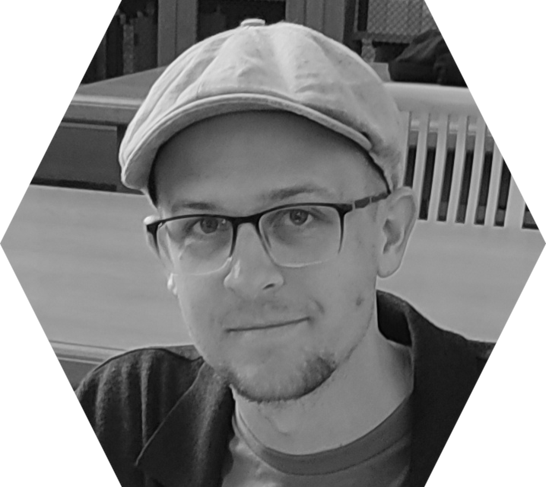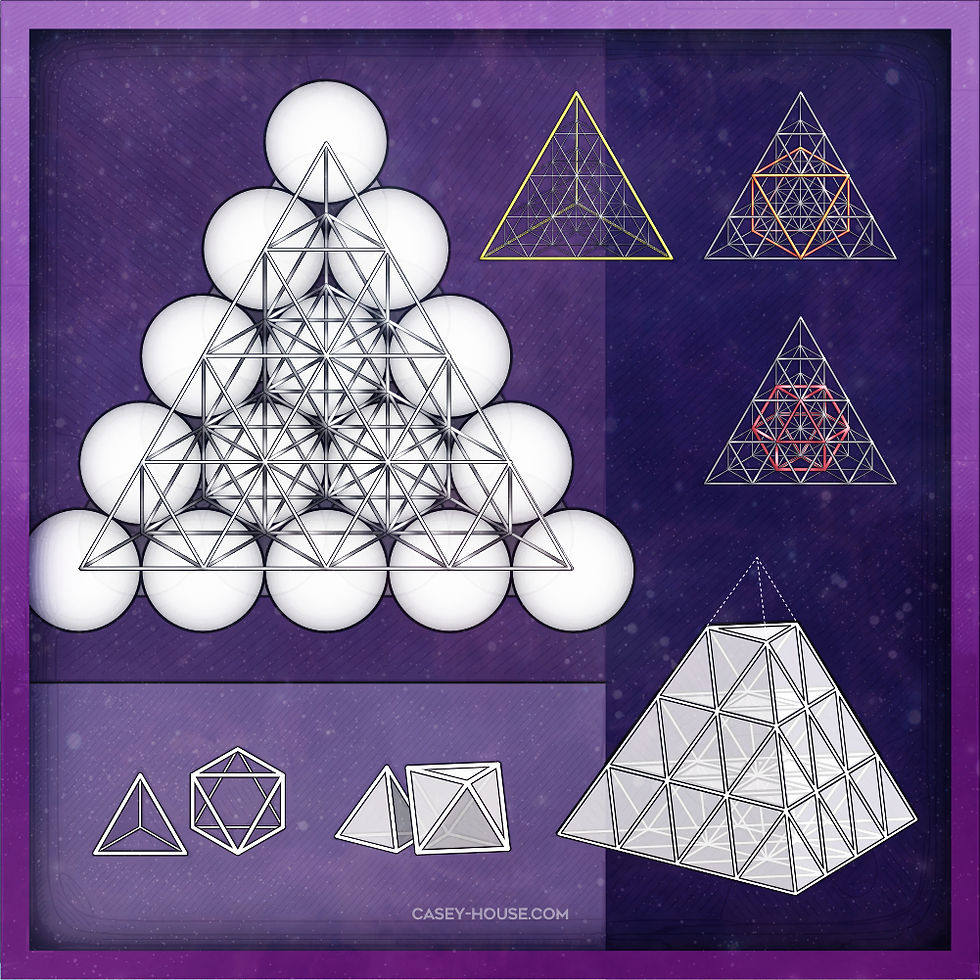Roaming to the Fuller Dome
- Dante Michael
- Apr 4
- 3 min read

For more photos and information about this event,
please visit www.fullerdome.org
The legacy of Buckminster Fuller was recently celebrated at Southern Illinois University in Edwardsville. The 5-day long conference was held at the Fuller Dome, designed by Fuller and Shoji Sadao in 1971. The space itself has continuously served as a religious and spiritual centre on campus (the official pamphlet describes it as "Bucky's cathedral"). Nestled among clusters of trees with no neighbouring buildings, the Dome is naturally attractive.

The ceiling features a translucent world map centered on the site of the Dome within Illinois. The Dome's director and artist Benjamin Lowder created a massive Dymaxion Map that was secured to the floor like a stage. Absorbing our planetary pattern from both above and below made the interior space feel like an immersive 'ecological spaceship'. Sunlight sparkles through the semi-transparent geodesic enclosure while silhouettes of branches signal the changing winds.


The conference attracted dozens of attendees, many of whom recognized the iconic structure but knew little about Fuller himself. Tickets were sold for a Katharine Dunham dance show, the one-man play about Fuller's life, and the 2 hour sound bath that was gloriously magnified by the spherical acoustics. Full-day workshops explored the World Game concept in detail. Formal lectures by various experts were held on the final day. These diverse programs reflected the comprehensivity of Fuller's vision, uniting art and science within a single philosophy of design.

Playwright D.W. Jacobs speaks after the 25th anniversary performance of "R. Buckminster Fuller: The History and Mystery of the Universe". Fuller was portrayed by Jon-Michael Rutter.

Preparing for the Sound Bath.
A set of Fuller's artifacts were displayed in a separate gallery, including the drafting plans for the Dome. Shirts, bags and posters were sold in the lobby along with some rare books from Fuller's Estate. A notable inclusion was a collection of original Design Science Decade documents (see this post).


The Design Science Revolution was Fuller's proposal for building regenerative systems and ensuring that humanity will avoid destroying itself and the environment.
The Buckminster Fuller Institute was represented in person by Dr. Stuart Cowan (Executive Director), George Orbelian (Board Member) and Curt McNamara (Consultant) with a virtual presentation delivered by Bonnie DeVarco (Consultant). They offered crucial insights into the current state of Fuller studies and the need to attract interest from younger audiences. The time is right to bring these presentations to other schools where Fuller's ideas have already made an impact. The SIU campus in Carbondale is a suitable choice because Fuller taught there from 1959 until 1971. Stanford University - the site of Fuller's Chronofile - is another ideal location.

We don't know for sure why people are drawn to the work of Buckminster Fuller. There are no determinate reasons; each person has their own story. Consequently, a true 'Bucky conference' will deliver more than just new ideas - it will expose participants to new ways of being. These occur as emergent 'synergetic' experiences (happenings) that can't be planned in advance. It appears that the conference in Edwardsville united individuals who share a commitment to the peaceful coexistence of all humans according to natural principles. The Fuller Dome was the perfect setting for such a gathering of Trimtabs and its success anticipates a coming shift toward the Critical Path.

About the Author:
Dante Diotallevi is an independent scholar living in Canada. He holds a BSc. in Biology and an M.A. in Philosophy from Queen's University in Kingston, Ontario.

































Komentarze